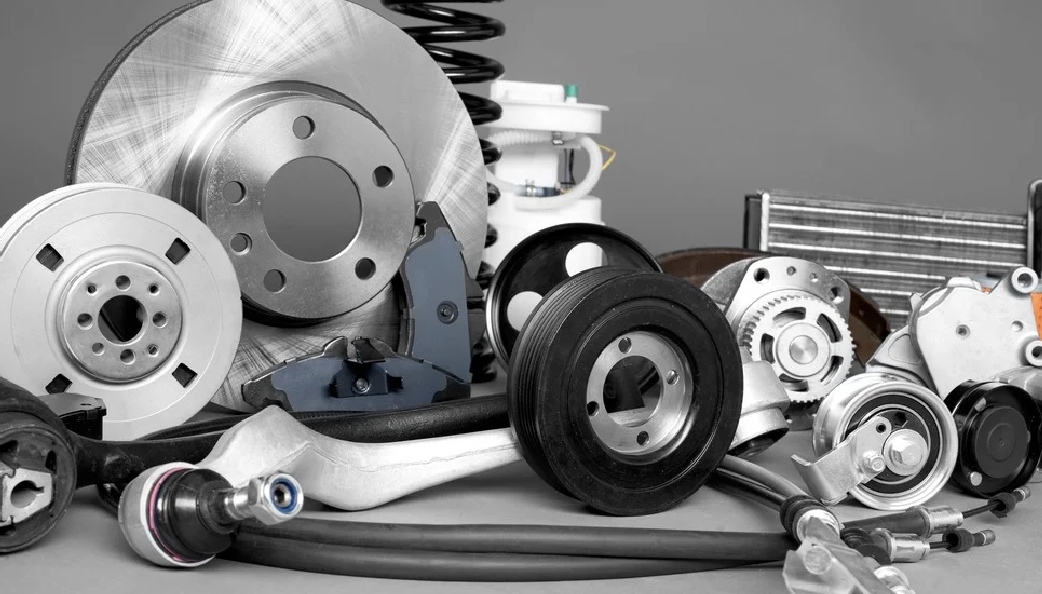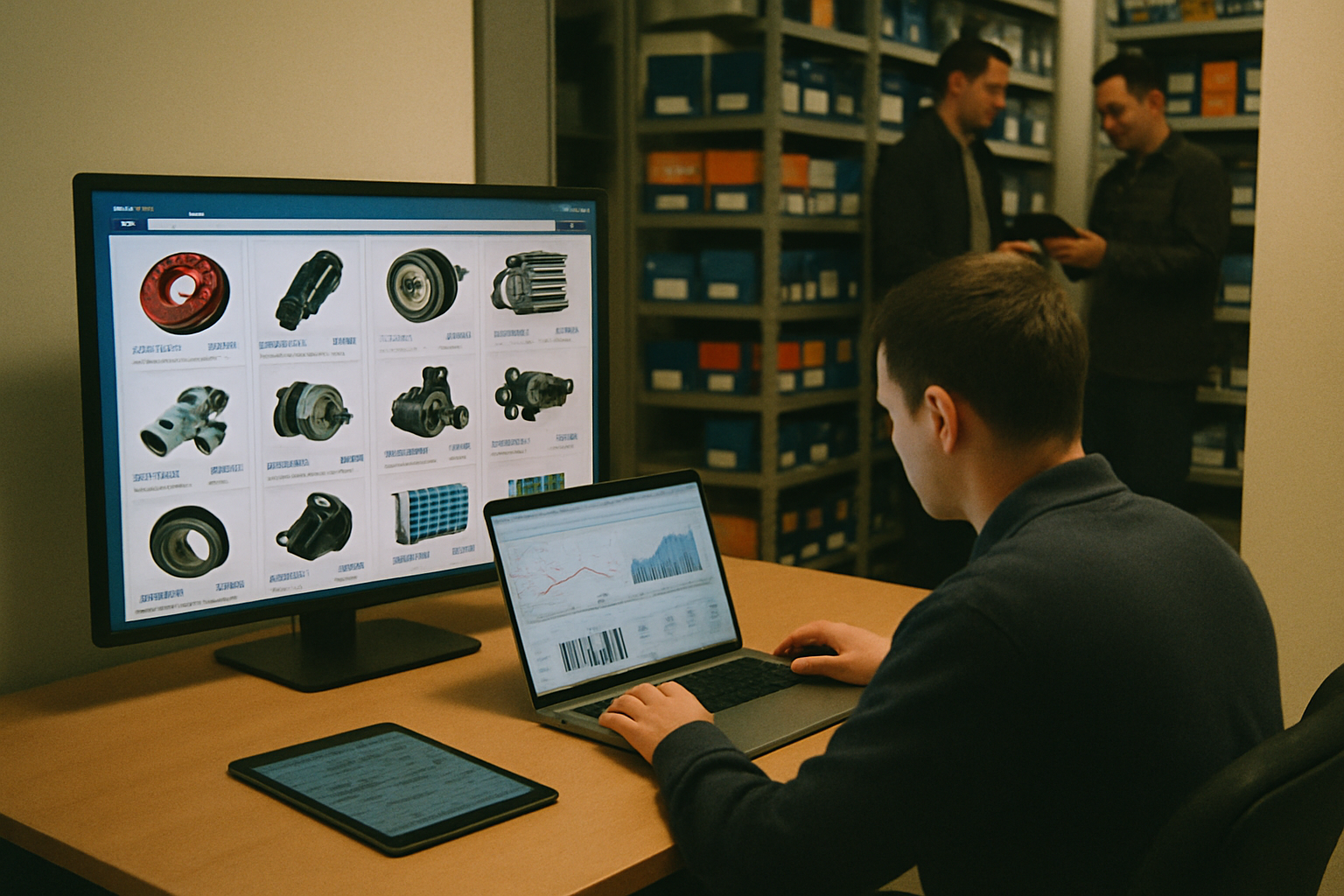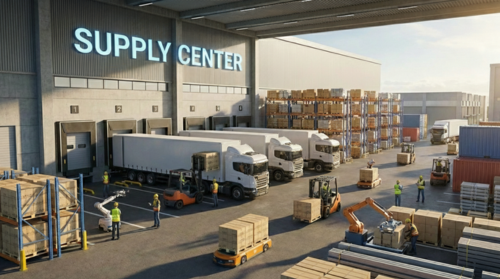The automotive industry in Latin America is undergoing a major transformation. While new car sales remain an important market indicator, the real revolution is taking place in the aftermarket: parts, accessories, tires, and services are gaining significant ground in digital channels.
According to Statista, global e-commerce for auto parts and accessories surpassed $13 billion in 2023 and is projected to grow over 5% annually through 2028. In Latin America, 62% of buyers already prefer to search for replacement parts online before visiting a physical store.
This shift in behavior is forcing brands, distributors, and retailers to rethink how they stock, sell, and deliver their products. Adapting to the digital age is no longer optional — it’s a strategic necessity.
A rapidly expanding digital market
Given this scenario, the online channel has evolved from an alternative to a key business pillar. Categories like auto parts and accessories are seeing up to 30% annual growth on marketplaces such as Mercado Libre and Amazon.
For consumers, online shopping offers convenience: they can check compatibility, read reviews, compare prices in real time, and receive the product at their desired location with just a few clicks.
For businesses, it’s a clear opportunity to grow without opening new physical stores — and with much more operational control.
Why is it easier and safer to buy auto parts online?
E-commerce solves many of the traditional counter service bottlenecks. Its most valued advantages include:
- Access to detailed technical information with filters by vehicle model and year;
- Instant price and delivery time comparisons;
- Customer reviews and ratings;
- Scheduled or express delivery options;
- Automatic compatibility validation by VIN or model, reducing errors;
These features increase customer confidence and reduce rework for sellers.
How the industry is adapting
In response, major companies are redesigning their business models. General Motors, for example, already offers direct parts sales through its own e-commerce, connecting dealerships to its platform and ensuring original parts with traceability and lower counterfeit risks.
In Latin America, manufacturers and distributors of tires, batteries, lubricants, and electronic components are accelerating digitalization to gain competitiveness in an increasingly dynamic market.
Digitalization as an efficiency driver
Today, auto part purchases no longer depend solely on the “counter expert.” Smart systems and digital channels empower end users, independent mechanics, and workshops to make faster, safer, and better-informed decisions.
Digitalization also reduces downtime in service centers. Previously, repairs could be delayed due to out-of-stock issues or logistics problems — now, tools can sync demand with real-time inventory across multiple points of sale.
A one-way path toward a more connected future
Digitalization in the auto parts sector is no longer a future trend — it’s an ongoing reality reshaping the rules of the game. Those who adapt early with a strategic vision will be better positioned to serve a more demanding, connected, and dynamic consumer — and to grow sustainably in an increasingly competitive market.












